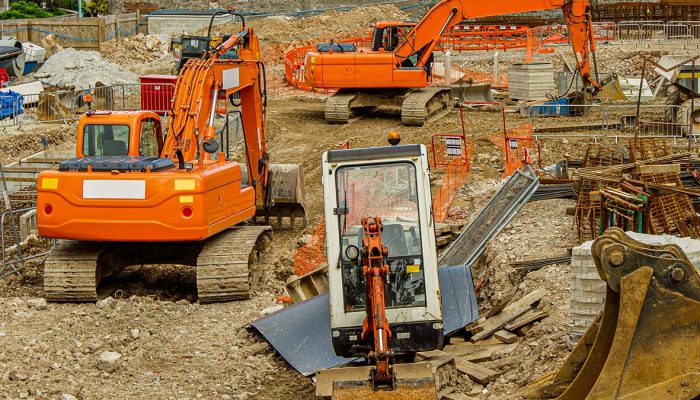You may have heard about the benefits of mounting data loggers to your machines or tools.
This article will explain what a data logger is and present the most modern type, the IoT data logger, which by many is considered best.
What is a data logger?
A data logger is an electronic device that can be attached to almost any asset you wish to monitor.
When attached, a data logger can track the position, condition, and other parameters of this asset, whether it is a machine, a container, a tool, a piece of equipment, etc. The list goes on depending on the type, the size and the robustness of the data logger.
Data loggers are equipped with an internal microprocessor, a memory, and one or more sensors that record measurable data. Some are battery-powered while others are wired and require an external power source.
Depending on how advanced the data logger is, the data it collects can be retrieved either on the data logger itself or by connecting the data logger to a computer.
More advanced data loggers are IoT devices. This means they send data to servers via the internet directly from where it is mounted on the asset.
It is primarily the IoT option that has opened up possibilities and made data logging relevant to many new industries and business segments.
The different types of data loggers
The first generations of data loggers required users to retrieve data on the logger itself. However, as mentioned, more advanced data loggers today collect and send data via the internet or via mobile networks.
These loggers are based on IoT technology and feature global connectivity.
This article will primarily relate to IoT data loggers as these are based on the latest technology and can bring the most value and flexibility to you as a user.
However, let us first look at the less advanced data loggers and how they compare to the IoT data loggers to give a better understanding of the value of IoT connectivity.
Simple data loggers
Simple data loggers are placed on assets in order to collect data during transport or use. When the asset arrives at its destination, you physically have to go to the data logger to empty the device for data using a computer or by reading the display of the data logger.
This gives you historical data which can be very useful. However, this data logging solution has at least two major flaws.
The first flaw is that you must read the device data on site which is a time-consuming process if you have multiple loggers or if loggers are installed in hard-to-reach places. The other flaw is that you cannot react in real-time to any incidents during the logged period.
IoT data loggers
Due to these inherent flaws, most users prefer data loggers which transmit data through IoT connectivity.
IoT data loggers can be configured to transmit data to a server at a certain time of day or in intervals such as twice daily. In this way, you always have the newest data from your assets – in the comforts of your office.
Another advantage is the possibility to react immediately if your IoT data logger transmits data that exceeds certain user-specific parameters. This could be cases of excessive use of hydraulic attachments, unacceptable impact or shock levels to machines, or unauthorized motion in a case of materials outside working hours.
A game-changer across industries
By mounting an IoT data logger to your assets with a configuration to transmit data in this way, you can follow your equipment throughout the day and react if or when issues occur.
This way of being in control of your assets with data directly from your assets opens up a wealth of possibilities.
As you can see, transmitting data through IoT technology is the key component that makes data loggers relevant across industries. You can read much more about IoT – the Internet of Things – and the different network technologies here.
We look into what a data logger actually is and why this makes sense in a construction and industry setting.
There are two different types, where the newest IoT devices are the ones most people would prefer nowadays.
IoT technology ensures that you receive data online at the intervals you want.





